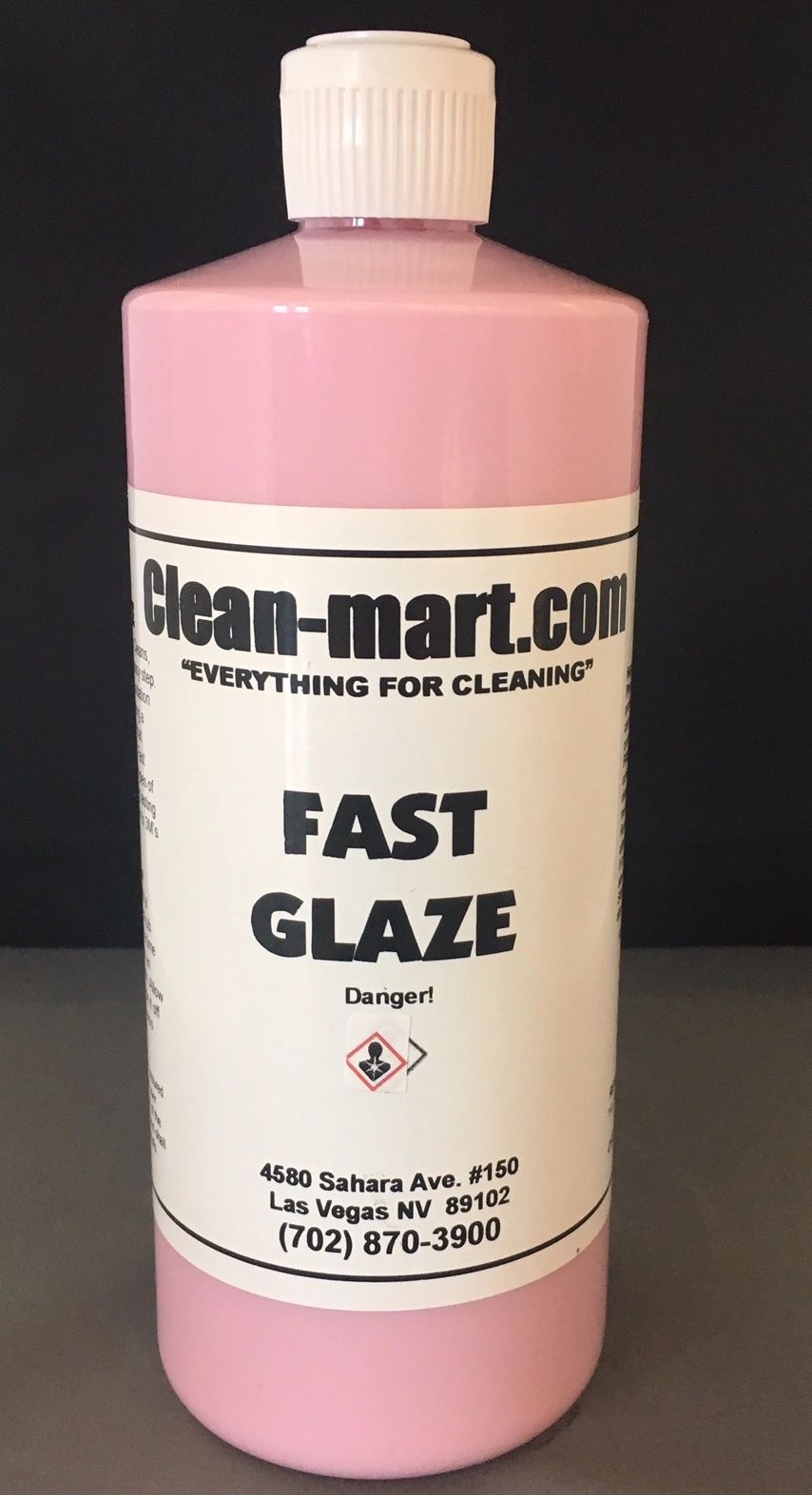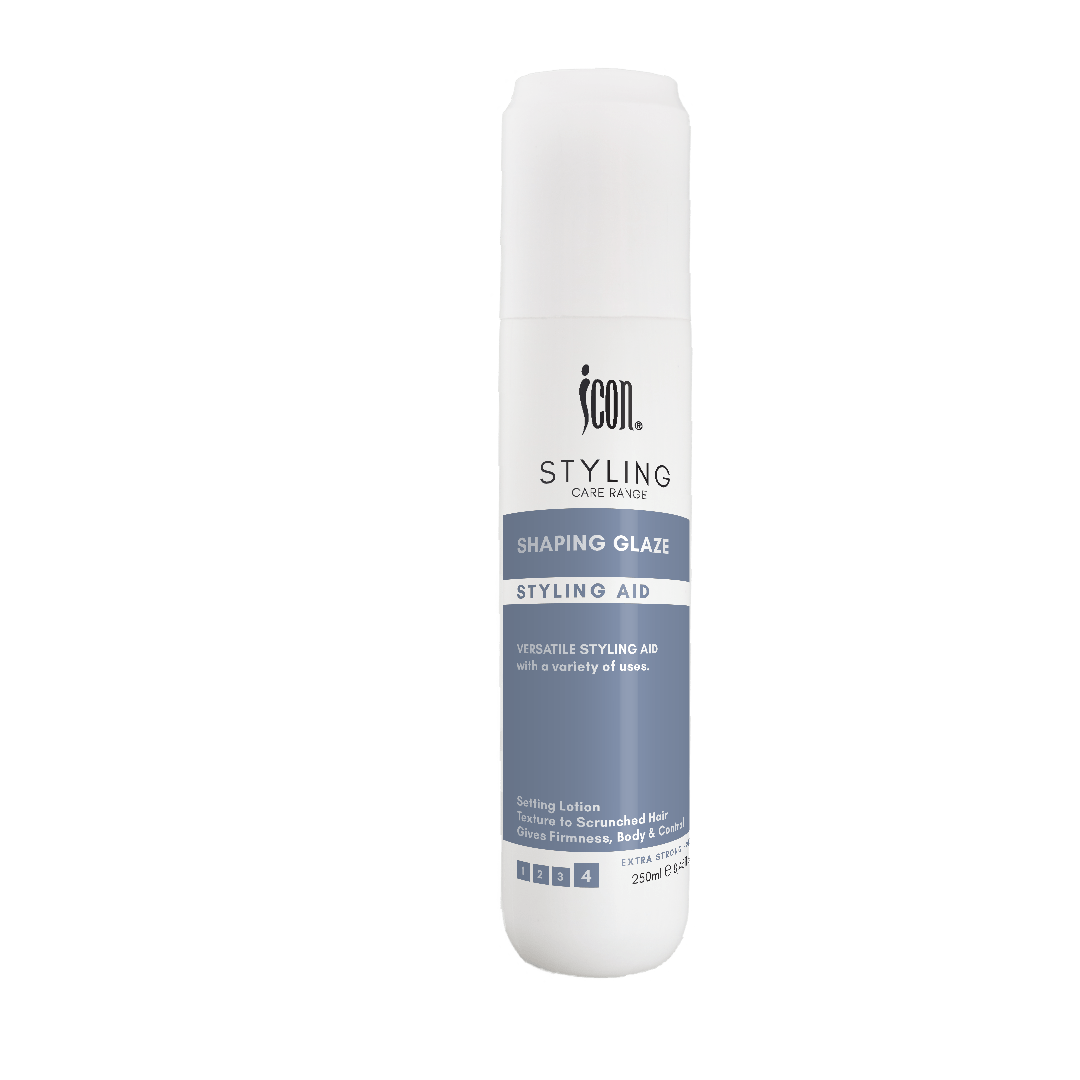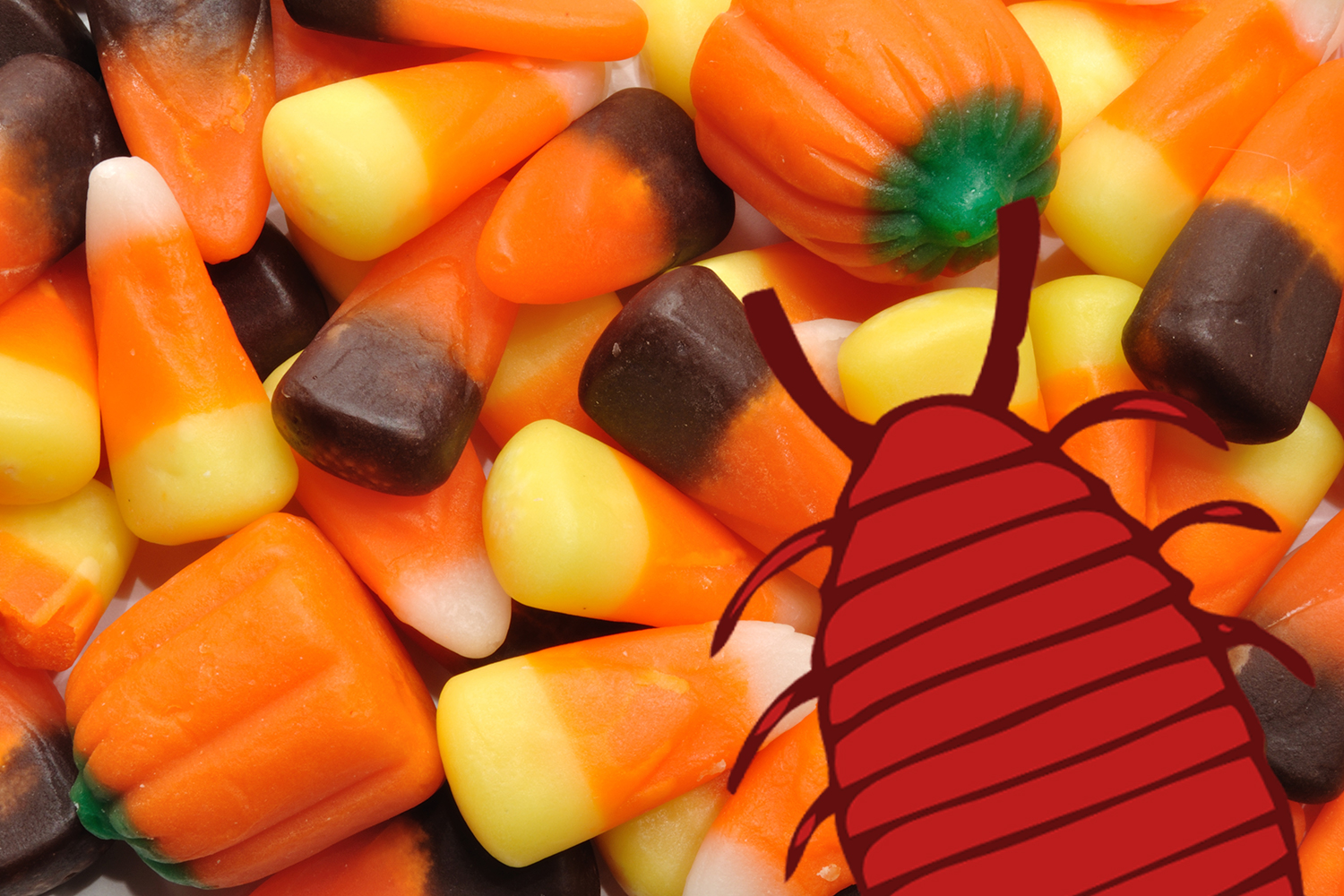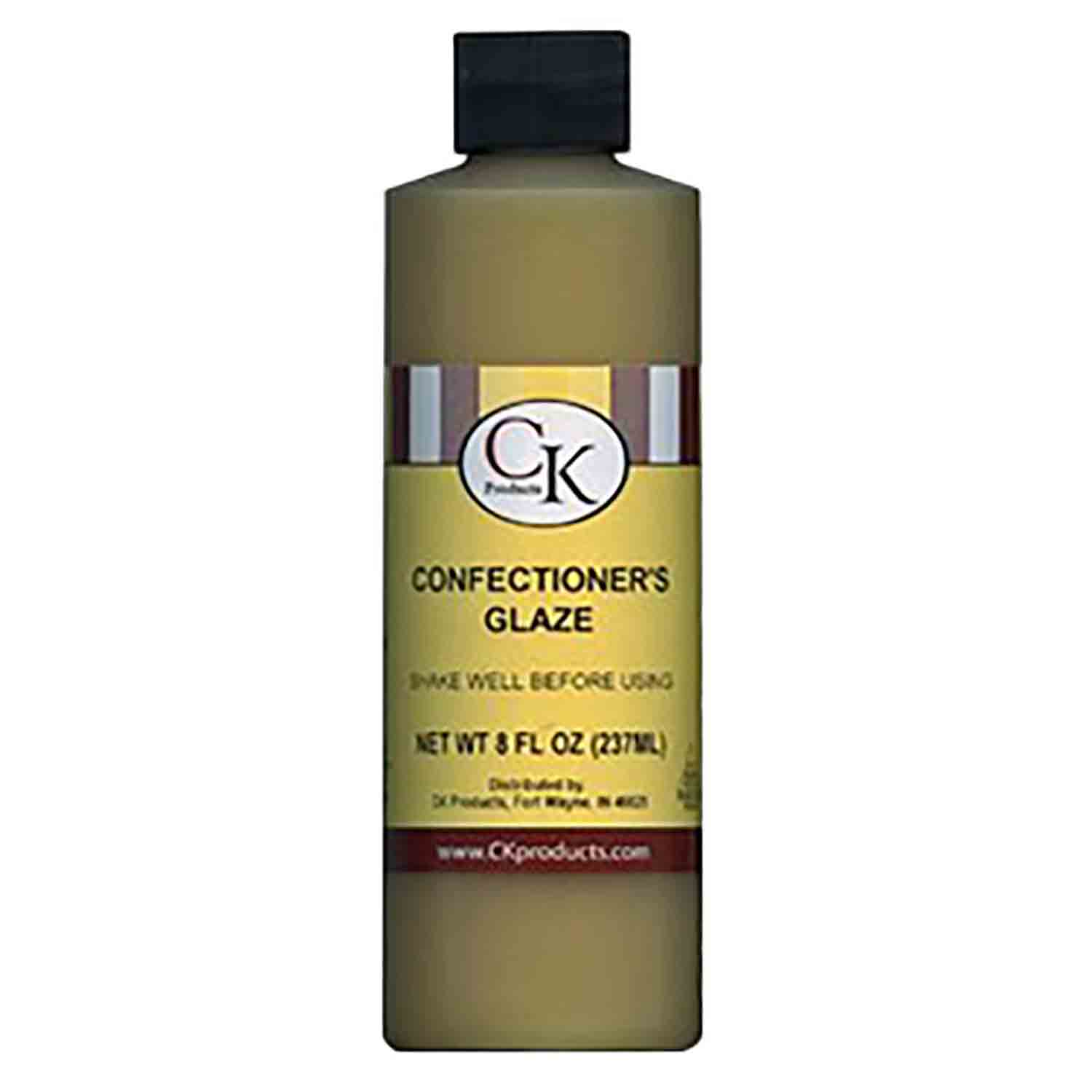
HOW TO MAKE POWDERED SUGAR (IN 30 SECONDS) quick & easy YouTube
I'm trying to bake cookies for my halal friend but I bought some sprinkles today and I'm not sure if they are halal.. Malt extract, Calcium carbonate, Vegetable fat, Milk powder, Polyglycerol, Whey powder, Glucose, Confectioner's glaze (shellac), Palm kernal oil, Corn starch, Salt, Soy lecithin, Artificial flavour, Palm oil, Glucose.

Choose Halal Food For Yourself
No, because it includes Confectioner's Glaze (Shellac) which has been declared by Islamic Scholars as non-halal for Muslims to eat. Jelly Belly's Candy Corn mainly contains sugar and corn syrup along with a couple more ingredients. While it does not contain gelatin, it does contain Confectioner's Glaze, which is declared as non-halal.

Fast Glaze 32 oz. CleanMart
In summary, while traditional confectioner's glaze may not be halal, various alternatives derived from non-animal sources exist. Muslim consumers in the United States can find halal-certified confectioneries labeled with a recognized halal logo, ensuring compliance with their dietary requirements. Is confectioner's glaze halal?

ICON Shaping Glaze Ashe Hair Design
Confectioner's Glaze (also known as shellac) is a type of edible coating commonly used to give a glossy finish to candies and confectionery products. When it comes to its Halal status, there is a diversity of opinions among Islamic scholars. Some argue that since shellac is derived from resin secreted by insects, it cannot be considered Halal.

Sunshine Quality Halal Meats Melbourne VIC
Confectioner's Glaze: Essentially derived from the secretion of the lac bug. Interestingly, when this. The inclusion of K-gelatin and Confectioner's Glaze - ingredients explained earlier. They aren't halal-friendly with their origin from beef, pork, and potentially the lac bug. On the other hand, a slew of Jolly Rancher products do.

Halal F&B market still seriously underinvested, says expert Hotelier
Unknown Source: Halal Common Nose Fish Halal Confectioner's Glaze Confectioner's Glaze is primarily produced from Shellac, which is haram. - Plant or Vegetable Source: Halal Shellac Source: Haram Unknown Source: Haram - (AKA food grade glaze, pharmaceutical glaze, resinous glaze) Not necessarily the same as doughnut glaze Corn Syrup.

If you love chocolate and orange, Milk Chocolate Grand Marnier Pecans
Confectioner's glaze, also known as resinous glaze, is a premium shellac created from a natural resin and manufactured primarily for use in food. Shellac is one of the main ingredients of confectioner's glaze. The glaze is primarily used in confectionery to coat chocolate-covered items, such as candy-coated almonds, raisins, and similar things.

Easy Powdered Sugar Glaze Recipe Glazed icing recipe, Glaze for
There is a Pillsbury product that contains confectioners glaze, and in that there is shellac. I was wondering if you could look into this and inform on whether or not this is Halaal. Answer In the name of Allah, the Most Gracious, the Most Merciful. Assalamualaikum Warahmatullahi Wabarakatuhu In principle, Insects are

What To Know About Confectioners' Glaze
Confectioner's glaze, also known as resinous glaze, is a common food additive used to coat many sweets and candies. But is confectioners glaze actually halal? This comprehensive guide will examine the ingredients, manufacturing process, and Islamic rulings surrounding confectioners glaze to help you determine if it meets halal standards.

Confectioners Glaze 788200 Country Kitchen SweetArt
A. Confectioner's glaze, also known as shellac, is a resin secreted by the female lac insect. Shellac is commonly used as a wood varnish and it is also used as a coating on candies. Rav Moshe Feinstein (Igeros Moshe Y.D. 2:24) offers several reasons why shellac is permitted for food use. The most basic justification is because shellac is.

Is Confectioners Glaze Vegan? SERC Online
The finished product referred to in the candy industry as confectioner's glaze is now ready for food applications. As the name suggests, glaze is a coating application that ensures that the bright candy color does not fade. The FDA (Food & Drug Administration) classifies confectioner's glaze as a GRAS (Generally Recognized As Safe) ingredient.

Confectioner's Glaze High Quality, Great Tasting Baking Products and
Shellac is a resinous secretion of an insect commonly used in the food and pharmaceutical industry. It is used as glazes such as confectionary glaze on food products and pharmaceutical glazes on medicine. The Shellac ingredient used in confectionery, bakery and pharmaceutical products amongst others, is Halaal [1].

Halal And Haram Ingredients PDF Sodium Carbonate Sodium, 41 OFF
Shellac, also known as confectioners glaze, is a popular ingredient in many food and cosmetic products. It is derived from the secretions of the lac beetle and has been used for centuries as a natural resin for various purposes. However, for those who follow a halal or haram diet, the question remains: is shellac halal or haram? Table of Contents

Impact of Halal Certification on The Performance of Food Small Medium
Confectioner's glaze, also known as shellac, is a resin secreted by the female lac insect. Shellac is commonly used as a wood varnish and it is also used as a coating on candies. Rav Moshe Feinstein (Igeros Moshe Y.D. 2:24) offers several reasons why shellac is permitted for food use.
/blueberry-tart-2500-56a20f763df78cf7727183e8.jpg)
What Is Confectioners Sugar and How Is It Used?
It is for these reasons that many vegans choose not to consume products made with confectioner's glaze. Best Vegan Sprinkle Brands You can still enjoy commercially-produced sprinkles that are 100% vegan. Some companies do make vegan sprinkles and other colorful decorations that look and taste like the ones made with confectioner's glaze.

Halal Science Competition & Health Care Innovation Pattani
Shellac, also known as confectioner's glaze, is a natural resin-based coating that is derived from the secretions of the lac bug. It is used as a wood finish and sealant, as well as an ingredient in some food, pharmaceuticals, and other industrial products.